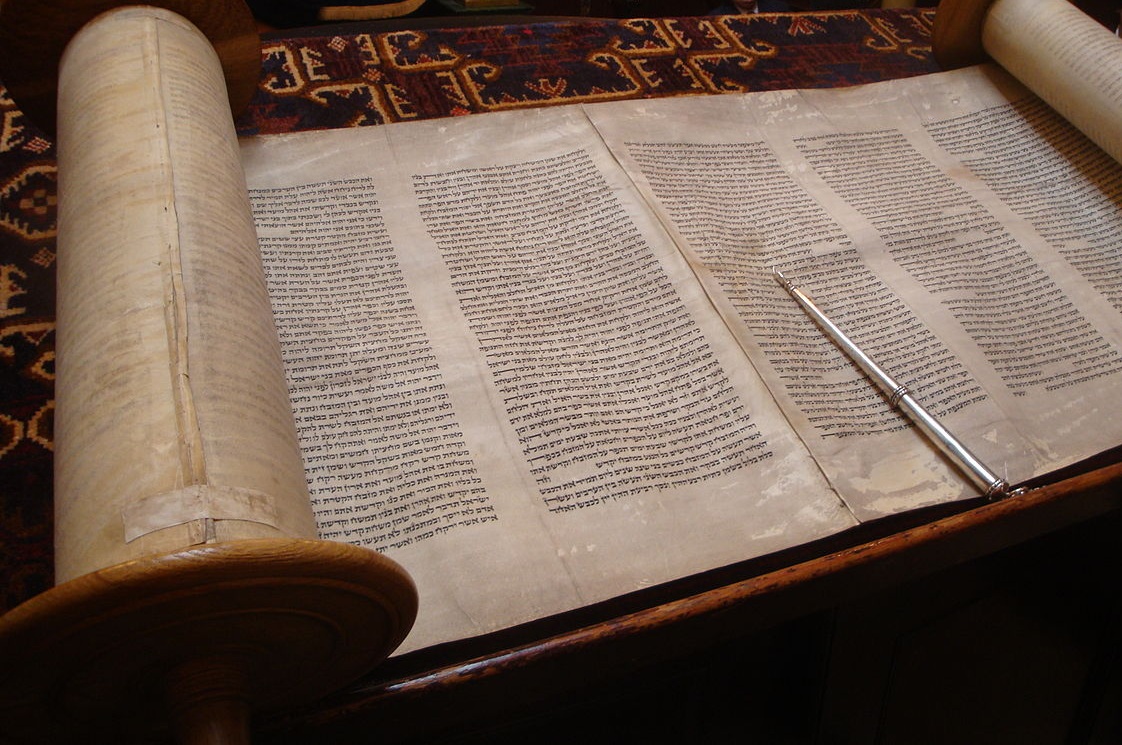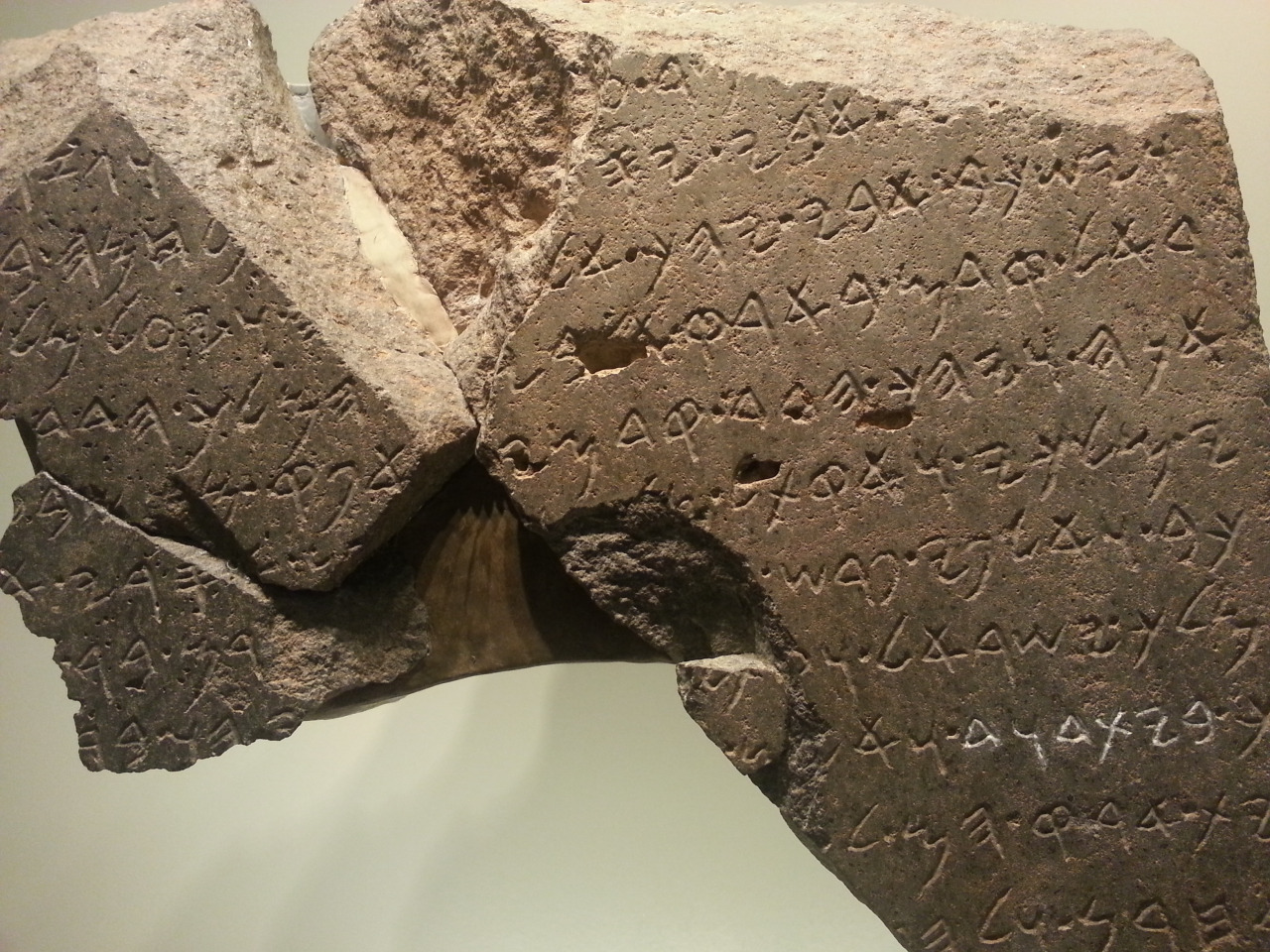Bible Study Tools
Photo credit: Max Pixel, Creative Commons
Why Our Tools Matter
How should we study the Bible? Some people look at pieces of the Bible like a slide show: a few verses or a chapter at a time. While that can be useful, we advocate first looking at an entire biblical book like a movie. We first watch the whole movie. Then, when we understand the big plot arc, we look at specific scenes or characters to see how they move the story along. We pay attention to “director’s cuts” and ask what scenes were not included in the final piece. We pay attention to background music, patterns of storytelling, and allusions made to stories outside the Bible and earlier stories in the Bible.
In formal scholarship, since the mid-twentieth century, Jewish and Christian scholars of the Bible identified sophisticated literary patterns and techniques in the Bible. They were responding to nineteenth century German critical scholars who had tried to identify fragmentary sources behind the final text. Those German scholars believed the Bible reflected political compromises between different factions in Israel, and later, in the Church. All of that was heavily conjectural. In response, the Jewish and Christian scholars looked at the final composition of the biblical text. Their approach has become known as a literary-canonical approach and composition criticism.






















